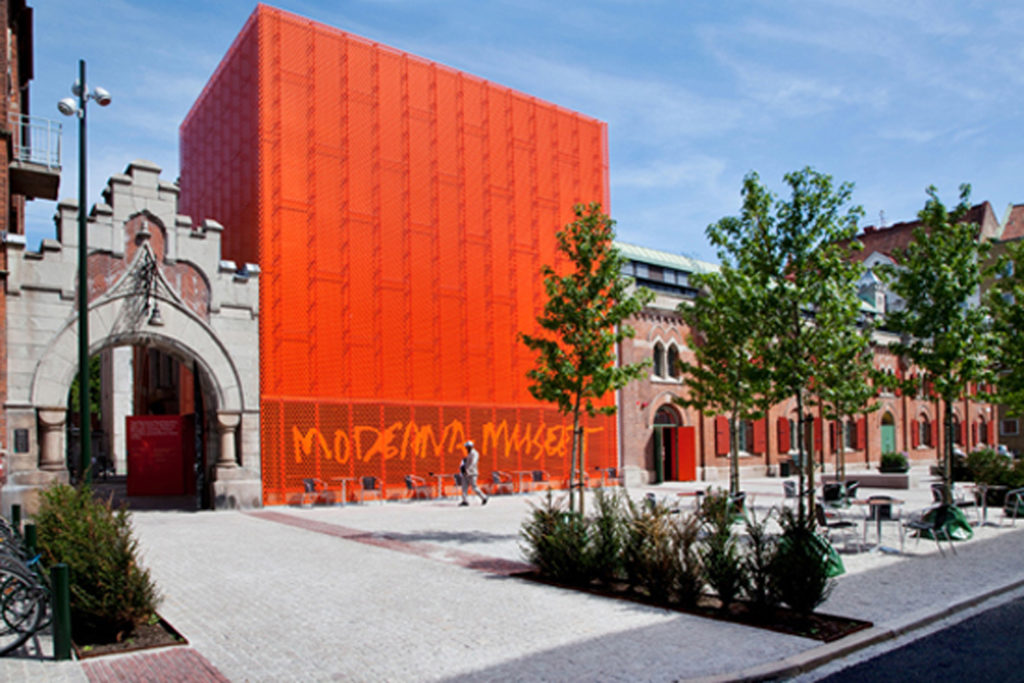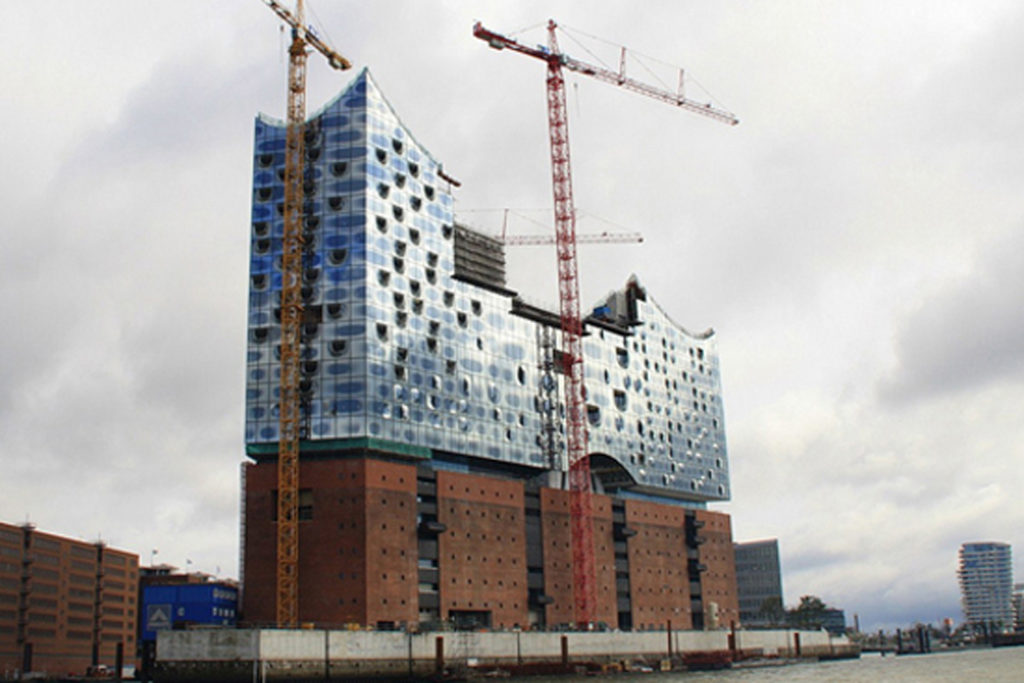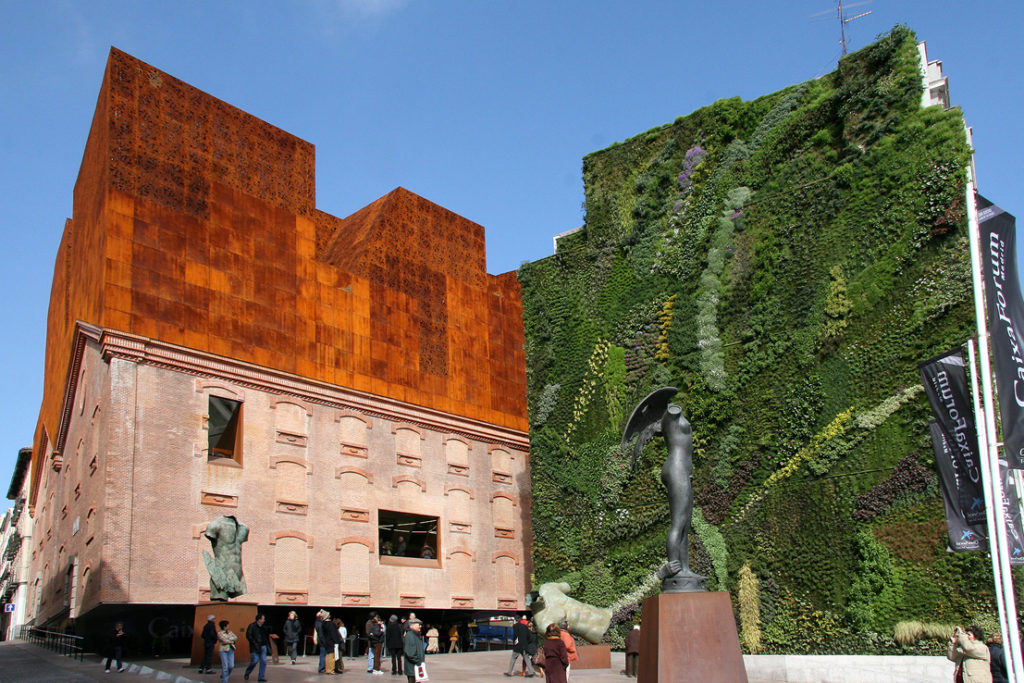A “New” Twist on Historical Preservation
Mapos Designer
This post intends to shed light on a developing architectural trend, one that I’m particularly fond of and with further refinement could become a typology that transcends the current contemporary pedagogy of computer-based experimentation and replace the architectural definition of “preservation.” It’s incredible to see the abundance of material used in most academic studio-based design. Our natural resources are shrinking rapidly and pollution is increasing exponentially.
Contemporary exploration doesn’t have to occur within a limitless world (the computer). Discovery can happen at a very basic level within the fundamentals of construction and preservation. It always pains me to realize how much waste new construction creates; at a macro level, Architects have become such litter bugs. We must find new ways to conserve without sacrificing design; complete demolition doesn’t have to be the answer.
Within this type of architectural design there is also an interesting dichotomy occurring: new construction (along with intensive excavation and demolition) while simultaneously key portions of the historical building are preserved. In fact the relic is enhanced by the architectural addition, maybe more so from subtraction. Examples below.



When something is deemed vintage, it immediately becomes cool, coveted, and way more expensive than original price tag. This occurs for two reasons; there is a certain level of nostalgia that is attributed to the thing in question, and it also becomes rare. Now the question is “Will this archi-type fade, or become a new precedent for historical preservation?” I guess time will tell.